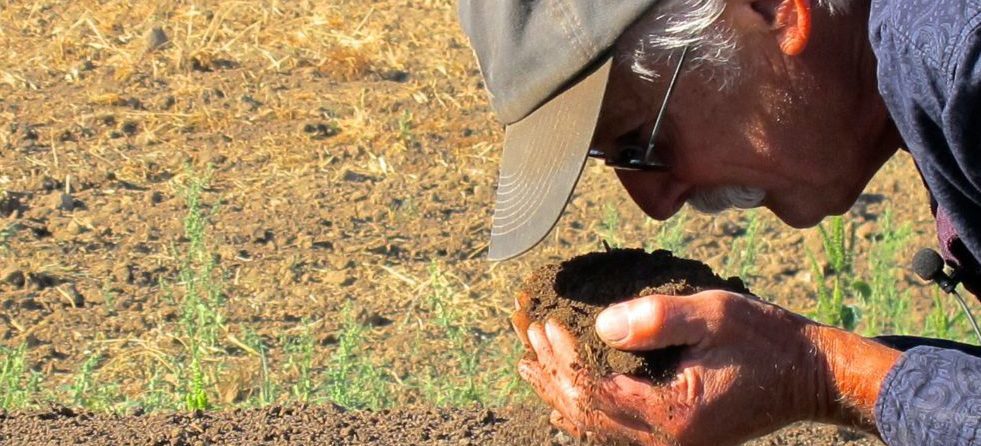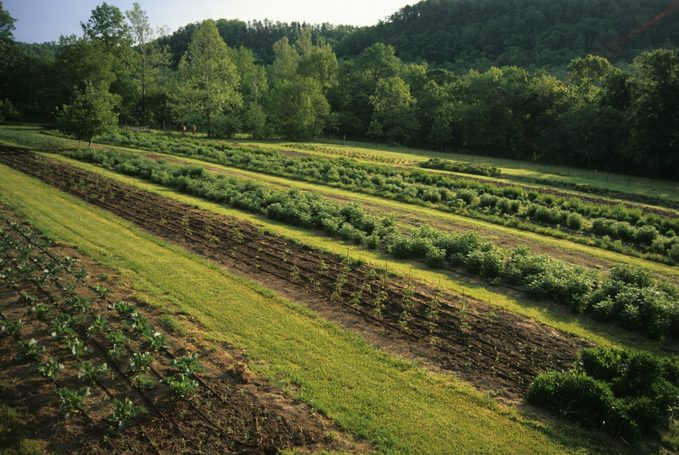Regenerative Agriculture

Regenerative Agriculture
Medicinal plants are often classified as either wild harvested or cultivated. This is an important distinction. We also need to ask how cultivated herbs are cultivated. Are they grown in ways that support the health of the soil, the water, the air, the atmosphere, and communities that depend on producing those crops for their livelihood? Or are they grown in ways that deplete or poison those human and ecological communities?
At the current rates of soil degradation, the world’s topsoil could be lost within 60 years, a senior UN official has said. Herbal products companies are already experiencing disruptions in their supply chains from shortages from unprecedented rains, droughts, fires, hurricanes and other weather events caused by climate change. These disruptions will only increase in the future.
We all need to take action – and quickly. Companies can lead these efforts to ensure the continued supply of the raw materials on which their products depend.
Regenerative agriculture is a return to what organic was originally all about – rebuilding topsoil, protecting biodiversity, empowering farming communities. Caring for the soil is at the heart of regenerative agriculture. Healthier soil percolates water better and makes more nutrients accessible, which improves the ability of that soil to grow crops. Well-managed soils also have an extraordinary capacity to absorb and hold carbon.
What SHP is doing

Elixir Farm, Brixey, Missouri by Steven Foster
Our vision is not simply that the sourcing and manufacturing of herbal medicine does no harm – we believe sourcing and manufacturing remedies to improve human health should improve the ecological health of the places where they grow. Just as good sourcing strategies are built on actively building and maintaining relationships along the supply chain, good growing practices should actively build and maintain healthy soils and healthy ecosystems.
We have produced the following resources to help educate and inspire action.
SHP Videos
- Watch the SHP video, Exploring Regenerative Herb Farming in Costa Rica.
- Watch the SHP video, Tending the Soil at Avena Botanicals.
SHP Toolkit Version 2.0:
- Sharing resources geared to companies interested in learning more about efforts to incorporate regenerative farming practices into their supply chains. See the Responsible Sourcing section of the SHP Toolkit version 2.0.
SHP Toolkit Webinars:
In 2020-21, we hosted a series of webinars focusing on regenerative farming practices in the botanical industry (see below). This post includes links/summaries.
- Paths to Regenerative Farming in the Botanical Industry: A Conversation with Gaia Herbs, Herb Pharm, and MegaFood;
- Regenerative Farming Practices on Corporate-Owned Farms: A Conversation with Trout Lake, Standard Process, and Aboca;
- Regenerative Farming Practices on Family-Owned Farms: A Conversation with Oshala Herbs, ZackWoods Herbs, Green Heffa Farm, and Kauai Organic Farm.
- Soil Health: What Your Food Ate. A Conversation with Anne Biklé and David Montgomery about their research into the relationships between the health of the soil, the chemistry of the crops grown in that soil, and human health.
Regenerative farming in Central America:
- SHP Blog Post Regenerative Farming Practices in Costa Rica.
- SHP Blog Post Regenerative Turmeric in Nicaragua
Blog Posts on the Regenerative Organic Certification and the Soil Carbon Initiative:
- The Soil Carbon Initiative, an interview with Tom Newmark. In this post Tom discusses the initiative and why it is crucial that the natural products industry address regenerative agriculture and climate change.
- Herb Pharm and the Regenerative Organic Certification, an interview with Matt Dybala. Matt describes Herb Pharm’s participation in the pilot program for the Regenerative Organic Certification.
- Regenerative Agriculture: Where to Begin? Bethany Davis describes why participating in regenerative agriculture is so important and how to get involved.
